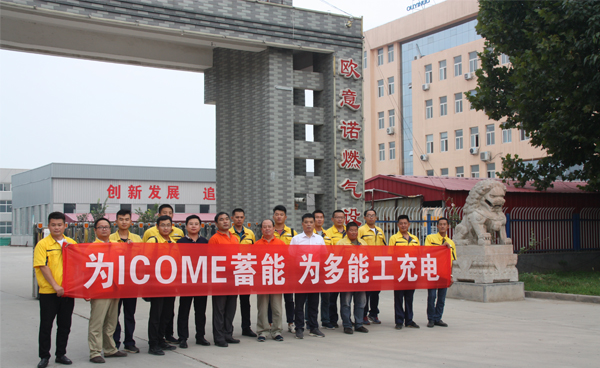
Oct . 09, 2024 16:01
Back to list
صمام أمان الغاز الطبيعي
Natural Gas Safety Valve A Critical Component for Safety in Gas Utilization
Natural gas plays an integral role in modern energy consumption, powering everything from our homes to industries. However, with its advantages come inherent risks, necessitating the use of stringent safety measures. One of the most crucial components in ensuring the safe utilization of natural gas is the safety valve, often referred to as the صمام أمان الغاز الطبيعي in Arabic. This article delves into the importance, functionality, and maintenance of safety valves in natural gas systems.
The Importance of Safety Valves
Safety valves are designed to protect infrastructure and ensure safe operations in gas distribution and use. As natural gas is flammable and can form explosive mixtures with air, any abnormal increase in pressure or temperature can lead to devastating consequences, such as explosions or fires. The safety valve acts as a fail-safe device, automatically releasing excess pressure to prevent such hazardous situations.
The significance of safety valves in natural gas systems cannot be overstated. They not only safeguard human life but also secure property and the environment from potential disasters. With the rising demand for natural gas, especially in residential and commercial sectors, the deployment of reliable safety valves is essential for public safety.
How Safety Valves Function
Safety valves operate on a simple yet effective principle. They are usually spring-loaded devices that automatically open when pressure within the system exceeds predetermined limits. There are two main types of safety valves commonly used in natural gas applications relief valves and vent valves.
1. Relief Valves These valves release gas from the system to reduce excess pressure. When the pressure drops back to safe levels, the valve closes automatically. Relief valves are often used in pipelines, storage tanks, and other gas appliances.
2. Vent Valves Vent valves may not only relieve pressure but are also used to release gas safely into the atmosphere during maintenance or system failures, ensuring that the gas does not build up in enclosed spaces.
صمام أمان الغاز الطبيعي

The proper calibration of safety valves is crucial. They must be set to operate at thresholds that align with system specifications to ensure they function effectively without causing unnecessary interruptions to operations.
Regular Maintenance and Inspection
To maintain the integrity and reliability of safety valves, regular maintenance and inspection procedures are vital. Over time, wear and tear can affect the valve's performance. A routine inspection involves checking for leaks, ensuring that the valve opens and closes correctly, and verifying that it is free of debris or corrosion.
Professionals usually recommend a biannual inspection for safety valves used in critical applications. It is essential that these procedures be carried out by certified professionals who have the expertise to identify potential issues before they escalate into serious hazards.
Compliance with Standards and Regulations
Governments and regulatory bodies have established standards for natural gas systems, including specifications for safety valves. Compliance with these regulations is not just a legal requirement but also a moral obligation to ensure the safety of individuals and communities. In many regions, failure to adhere to these regulations can lead to heavy fines and increased liability in the event of an incident.
Training for personnel involved in the installation and maintenance of safety valves is also a crucial aspect of ensuring safe operations. Technicians must understand the operational procedures and be aware of the latest advancements in technology and safety protocols.
Conclusion
In conclusion, the safety valve is a fundamental component of natural gas systems, serving as a critical line of defense against pressure fluctuations and potential hazards. With the continuous growth in the use of natural gas, the importance of safety valves will only become more pronounced. Regular maintenance, adherence to regulations, and proper training are essential in ensuring these devices function effectively. By prioritizing safety and investing in quality management practices, we can harness the benefits of natural gas while minimizing risks, ultimately safeguarding lives, properties, and the environment.
Latest news
-
Safety Valve Spring-Loaded Design Overpressure ProtectionNewsJul.25,2025
-
Precision Voltage Regulator AC5 Accuracy Grade PerformanceNewsJul.25,2025
-
Natural Gas Pressure Regulating Skid Industrial Pipeline ApplicationsNewsJul.25,2025
-
Natural Gas Filter Stainless Steel Mesh Element DesignNewsJul.25,2025
-
Gas Pressure Regulator Valve Direct-Acting Spring-Loaded DesignNewsJul.25,2025
-
Decompression Equipment Multi-Stage Heat Exchange System DesignNewsJul.25,2025

